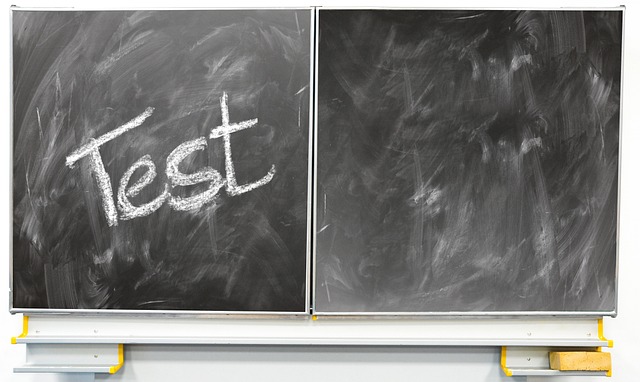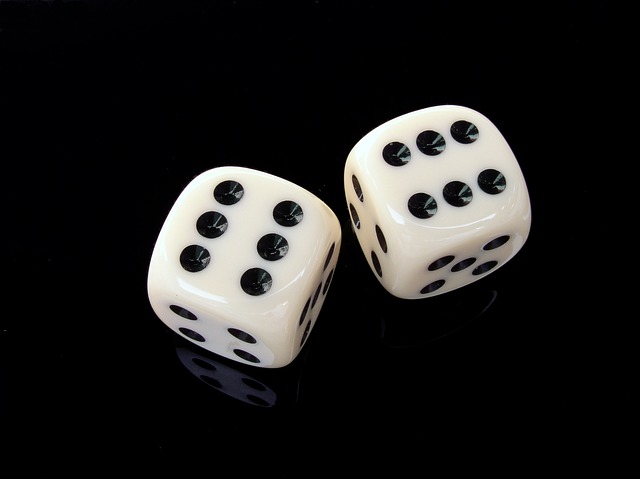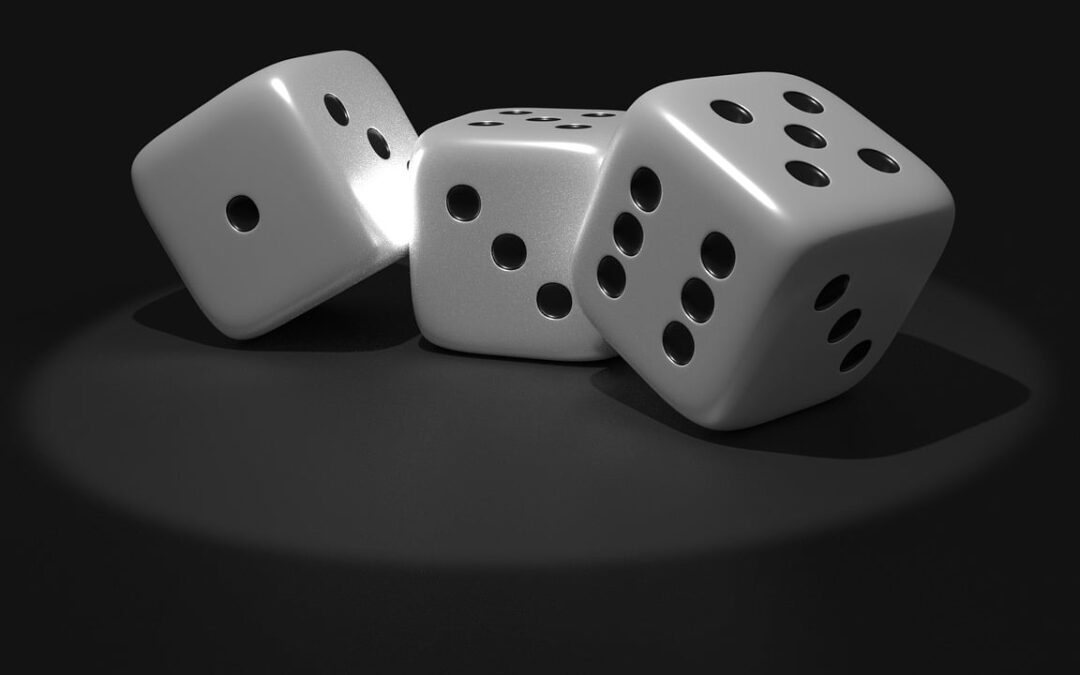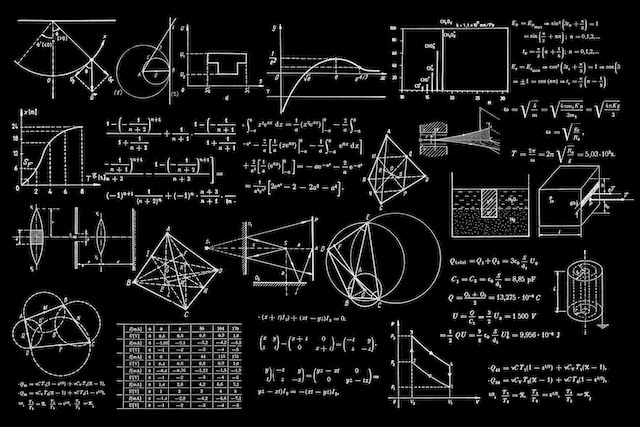
by rahul_tech@outlook.com | Dec 11, 2024 | CALCULUS, DIFFERENTIATION, LIMITS, MATHEMATICAL TERMS, MATHEMATICS, PROBABILITY, PROBLEMS IN MATHEMATICS, RELATIONS & FUNCTIONS, SETS, TRIGONOMETRY
Sophie Germain primes are a fascinating subset of prime numbers, exhibiting unique properties and applications in various mathematical fields. They’re defined by a specific relationship: a prime number, ##p##, where ##2p + 1## is also a prime. This seemingly...

by rahul_tech@outlook.com | Sep 30, 2024 | CALCULUS, CBSE CLASS 10 CHEMISTRY, COMPUTER SCIENCE, DIFFERENTIATION, ELECTRONICS, ESSAYS, GENERAL KNOWLEDGE, INFO, LIMITS, MATHEMATICAL TERMS, MATHEMATICS, PHYSICS, PHYSICS NUMERICALS, PROBABILITY, PROBLEMS IN MATHEMATICS, RELATIONS & FUNCTIONS, SCIENCE LIFE, SETS, SHORT NOTES, TRIGONOMETRY
[ez-toc] TheCBSE Board Exams 2025loom large, a pivotal moment in the academic lives of countless students across India. This comprehensive guide aims to equip you with the strategies, knowledge, and confidence to not only navigate these exams but to truly excel. The...

by Rahul Anand | Jul 27, 2024 | PROBABILITY
What is probability? Probability is a fundamental concept in mathematics and statistics that deals with the likelihood of an event occurring. It is a way to quantify uncertainty and make predictions based on available information. In simple terms, probability is a...

by Rahul Anand | Jul 21, 2023 | PROBABILITY
The multiplication rule in probability is used to find the probability of the intersection of two or more independent events. In other words, it helps us calculate the probability of both event A and event B happening or the probability of multiple events occurring...

by Rahul Anand | Jul 21, 2023 | PROBABILITY
The addition rule in probability deals with finding the probability of the union of two or more events. In simpler terms, it helps us calculate the probability of either event A happening, event B happening, or both occurring.For two events A and B, the addition rule...

by Rahul Anand | Jul 19, 2023 | PROBABILITY
Derive the Mean or Expected Value of Random Variable that has Poisson Distribution or Prove that for Poisson Distribution, \( μ = E(X) = λ \) We have \( P(X=k) = λ^{k} . \dfrac{e^{-λ}}{k!} \) for k = 0,1,2,… We now derive the Expected Value(μ) of Poisson Distribution...







